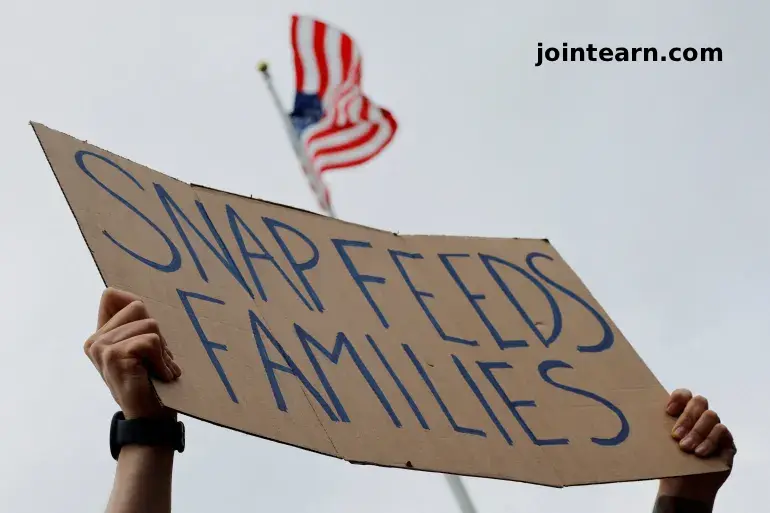
The United States federal government has agreed to partially fund the Supplemental Nutrition Assistance Program (SNAP) after two federal judges ruled that the Trump administration could not legally suspend food aid during the ongoing government shutdown. The decision impacts millions of low-income Americans who rely on SNAP—commonly known as food stamps—for essential grocery support.
Court Orders Government to Tap Contingency Funds to Keep Food Aid Flowing
On Friday, federal judges in Massachusetts and Rhode Island delivered rulings requiring the U.S. government to continue funding SNAP by using available contingency resources. In a court filing submitted Monday in Rhode Island, the U.S. Department of Agriculture (USDA) confirmed it would “fulfill its obligation to expend the full amount of SNAP contingency funds today,” following the judicial orders.
Those funds amount to approximately $5 billion, but fall short of fully financing SNAP for an entire month. The aid program typically costs over $8 billion per month, providing food support to over 41 million Americans—roughly one in every eight—who rely on it for survival.
Since mid-October, the USDA had warned it would be unable to maintain SNAP benefits beyond November 1 if Congress did not authorize additional funding due to the gridlock caused by the federal shutdown.
Impact on Beneficiaries: Uncertainty Continues for Millions Awaiting Benefits
While the court-mandated release of funds is a critical lifeline, uncertainty remains about when and how much beneficiaries will receive. The process to load funds onto electronic benefit transfer (EBT) cards takes up to two weeks, leaving many families anxious.
SNAP benefits vary by household size, but typically provide between $190 to $356 monthly to cover basic groceries. Even a temporary suspension of benefits posed a significant threat to food security for millions, particularly children, seniors, and people with disabilities.
“This court has now clarified that Defendants are required to use those Contingency Funds as necessary for the SNAP program,” wrote U.S. District Judge Indira Talwani of Boston, ruling that the administration’s attempt to freeze the program was both “unlawful” and “erroneous.”
In Rhode Island, U.S. District Judge John McConnell echoed the urgency, stating that suspending food assistance would lead to “irreparable harm.”
Political Tension and Misinformation Stir Debate Around SNAP
The controversy over SNAP funding comes in the midst of the longest government shutdown in U.S. history, with political tensions rising between the Trump administration and courts over public welfare programs. President Donald Trump took to his Truth Social platform over the weekend, calling the court orders “conflicting” and accusing judicial officials of fueling “Radical Democrat” agendas.
Meanwhile, misinformation has been spreading on social media. A viral chart falsely claimed that refugees from Afghanistan, Somalia, and Iraq were the largest beneficiaries of SNAP. In reality, the USDA confirms that white Americans make up the largest portion of recipients, at over 35%.
Conclusion: Historic Shutdown Pushes Food Aid to the Brink
Although federal judges have temporarily averted a humanitarian crisis by forcing partial funding of SNAP, the program’s long-term future remains uncertain amid ongoing political deadlock. Advocacy groups warn that millions of Americans could soon face food insecurity unless Congress acts swiftly to restore full government operations and prevent further interruptions to public assistance.


Leave a Reply